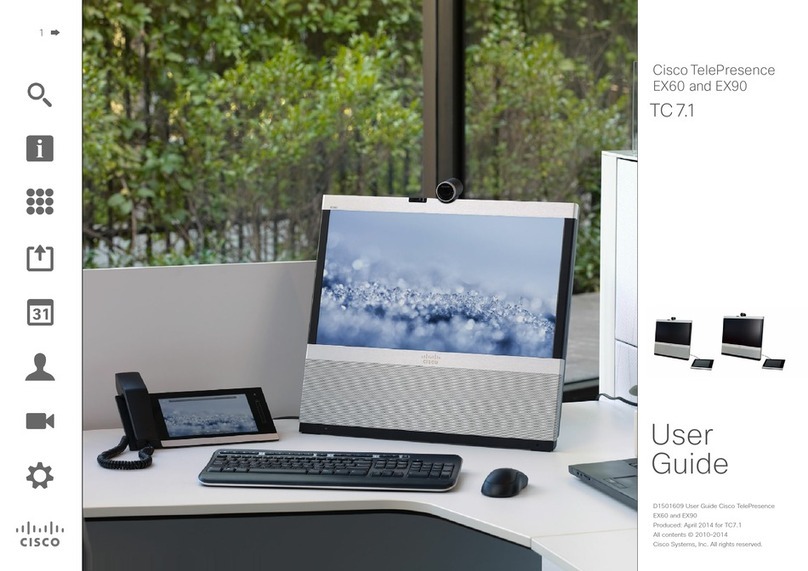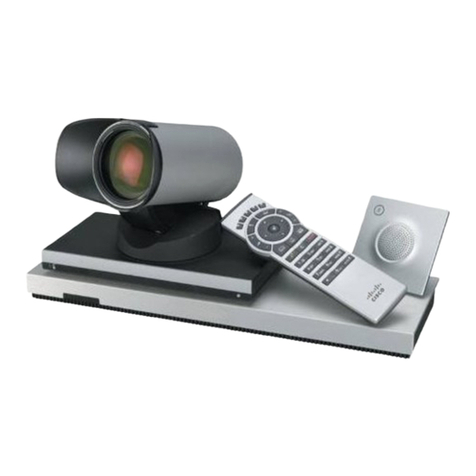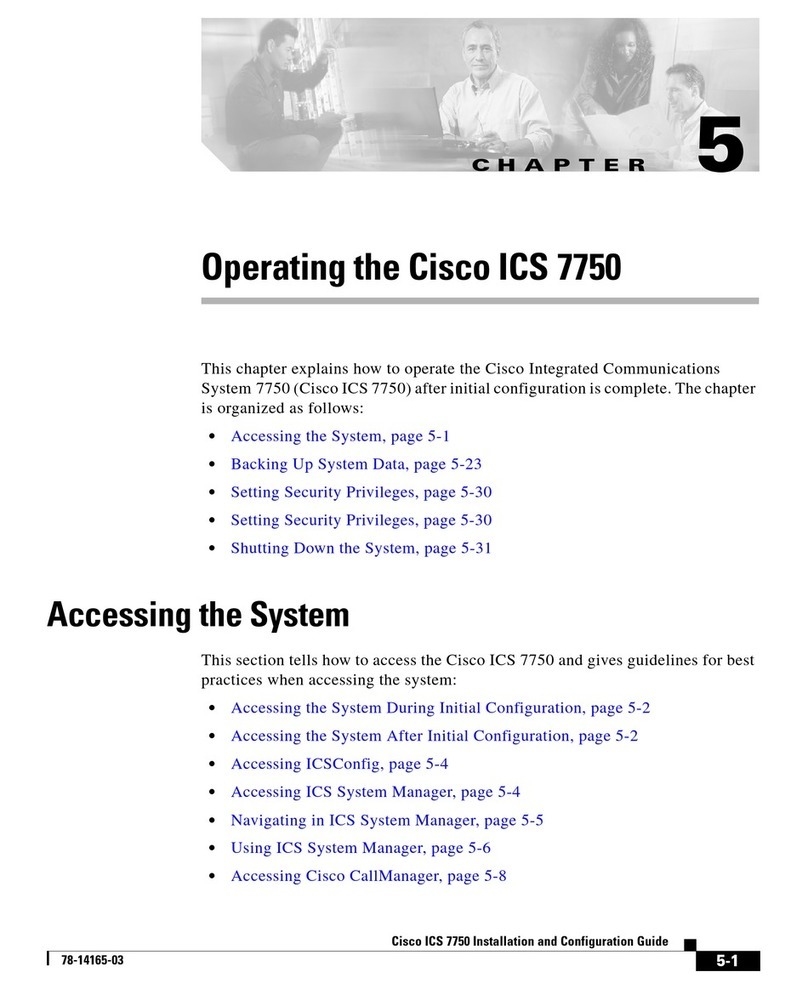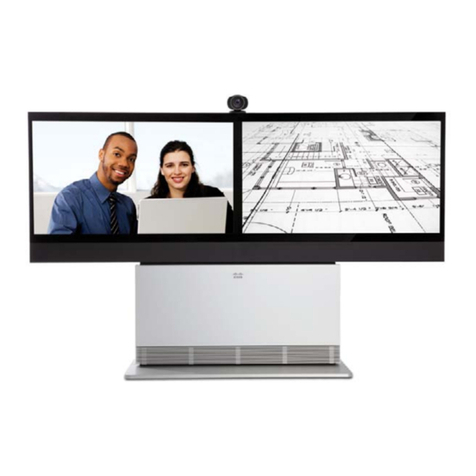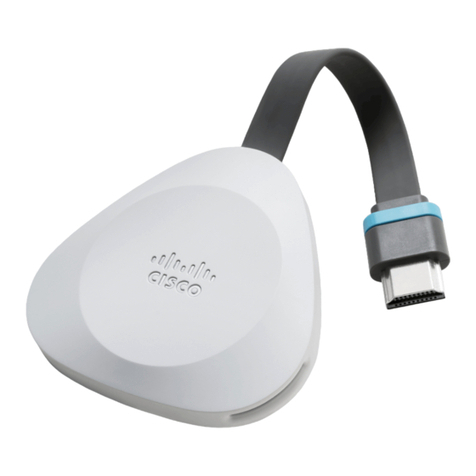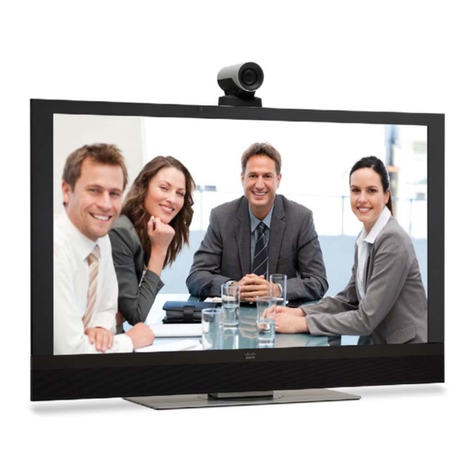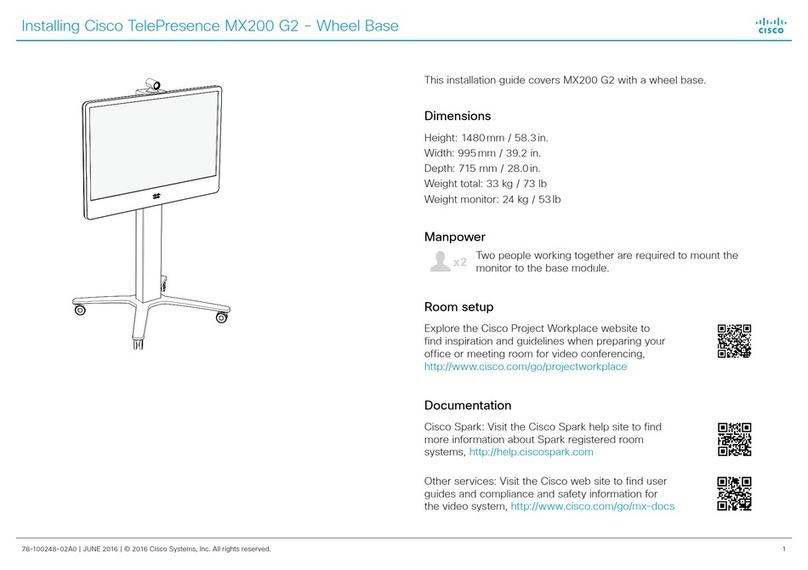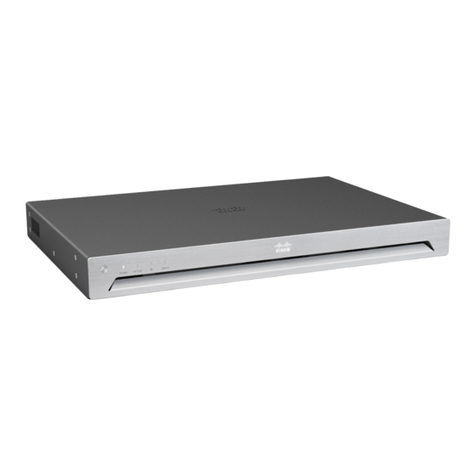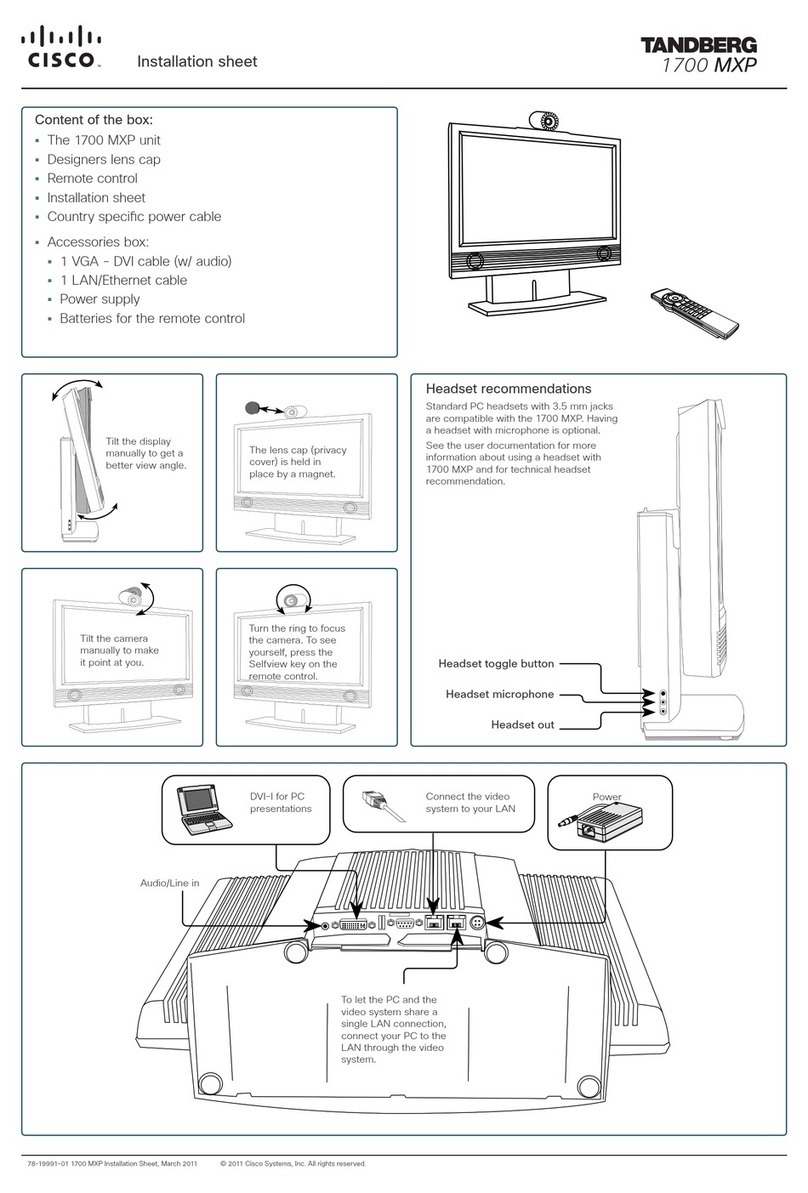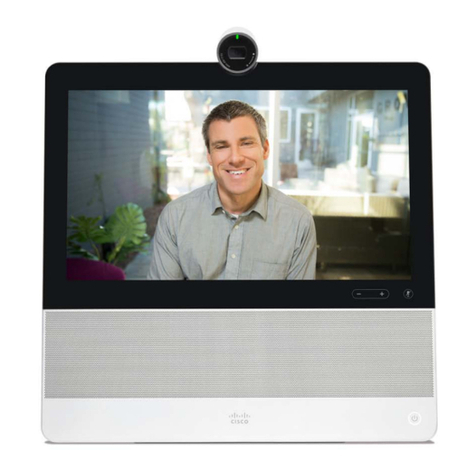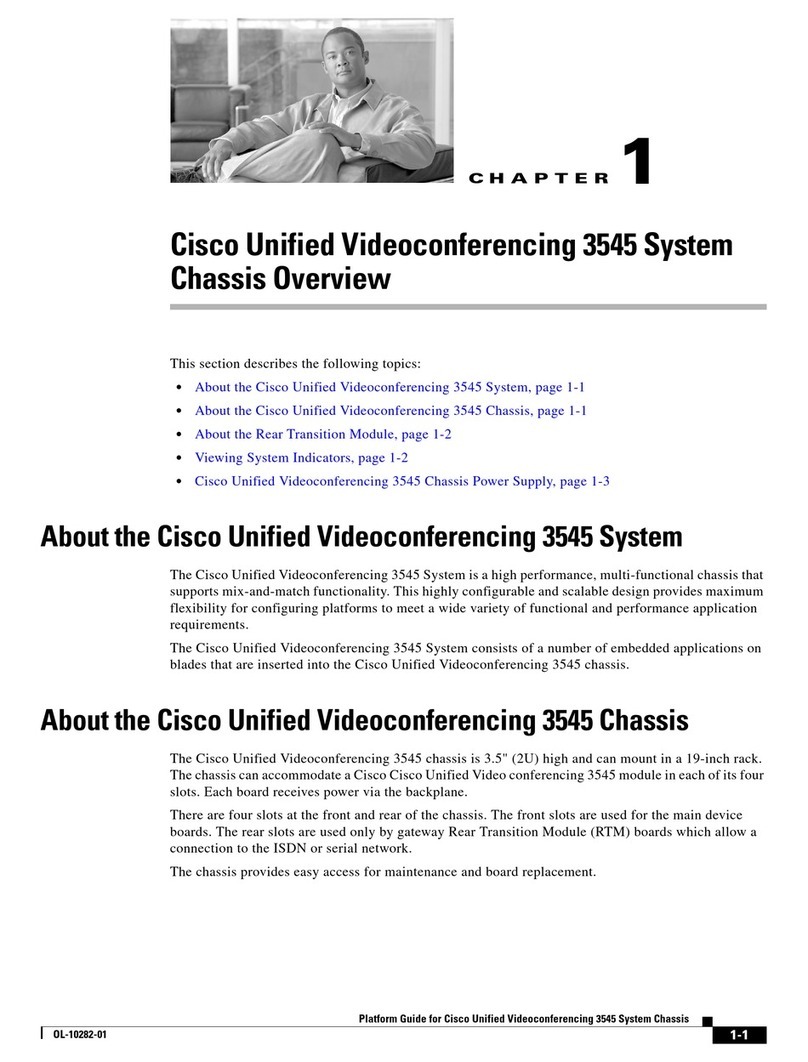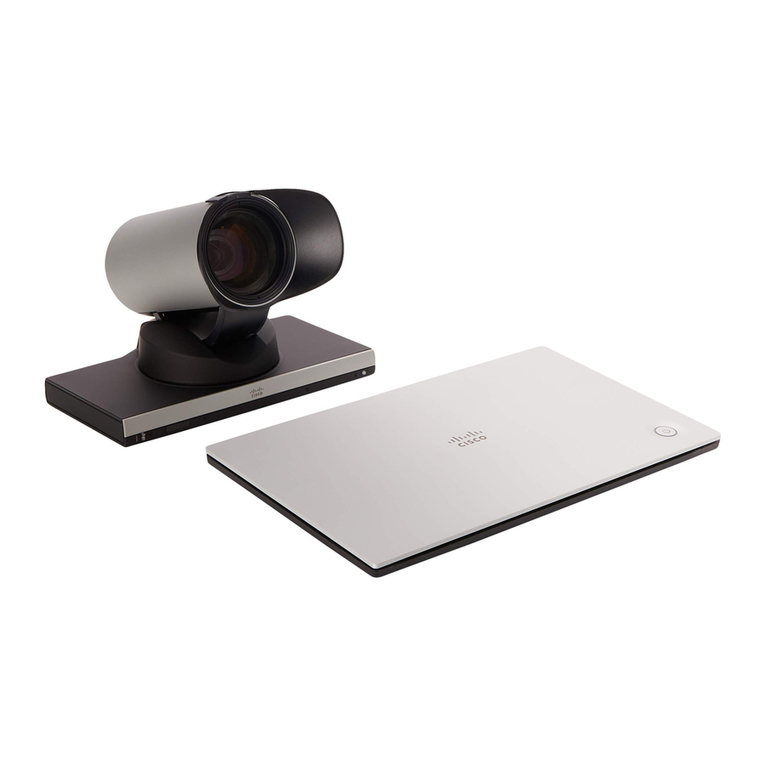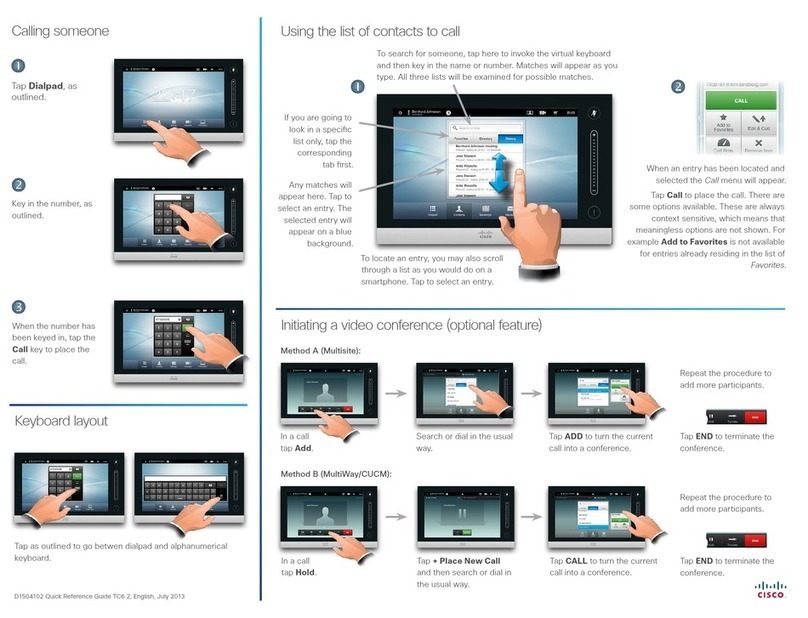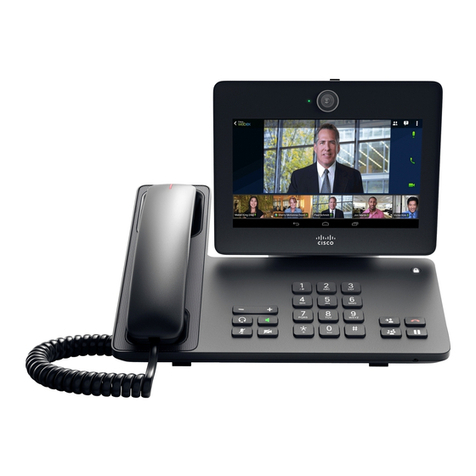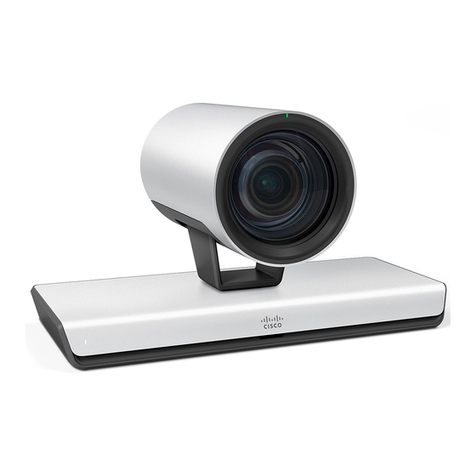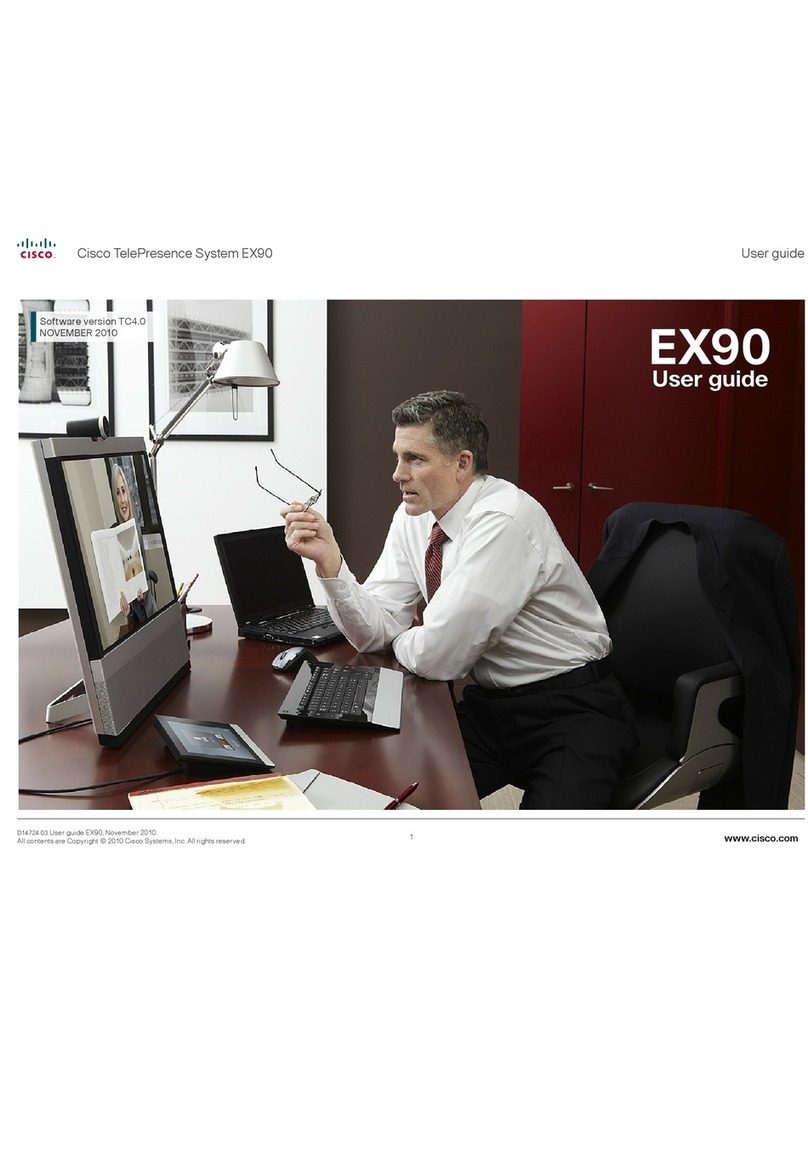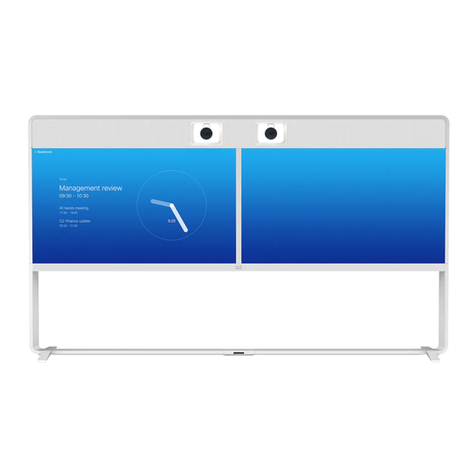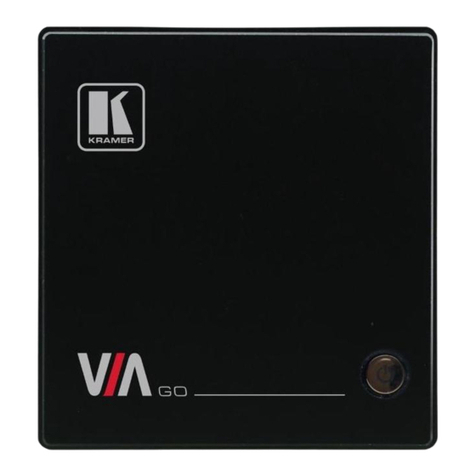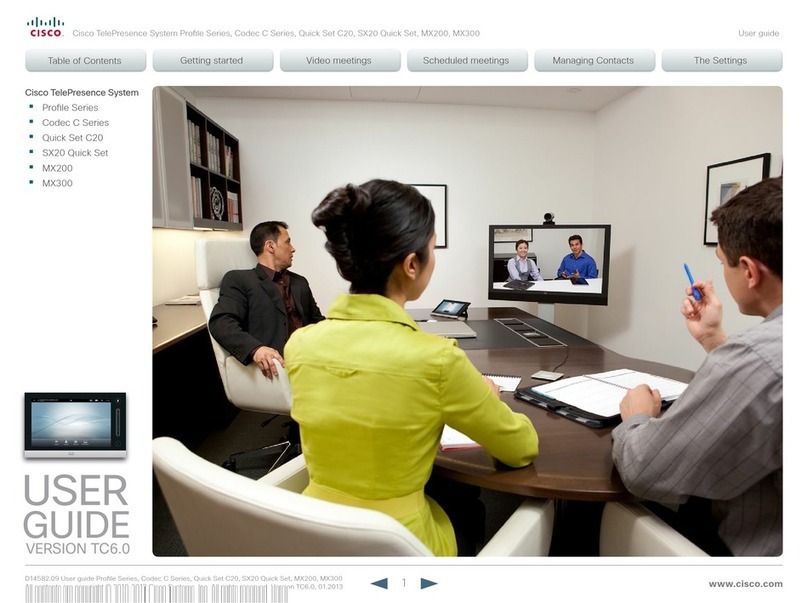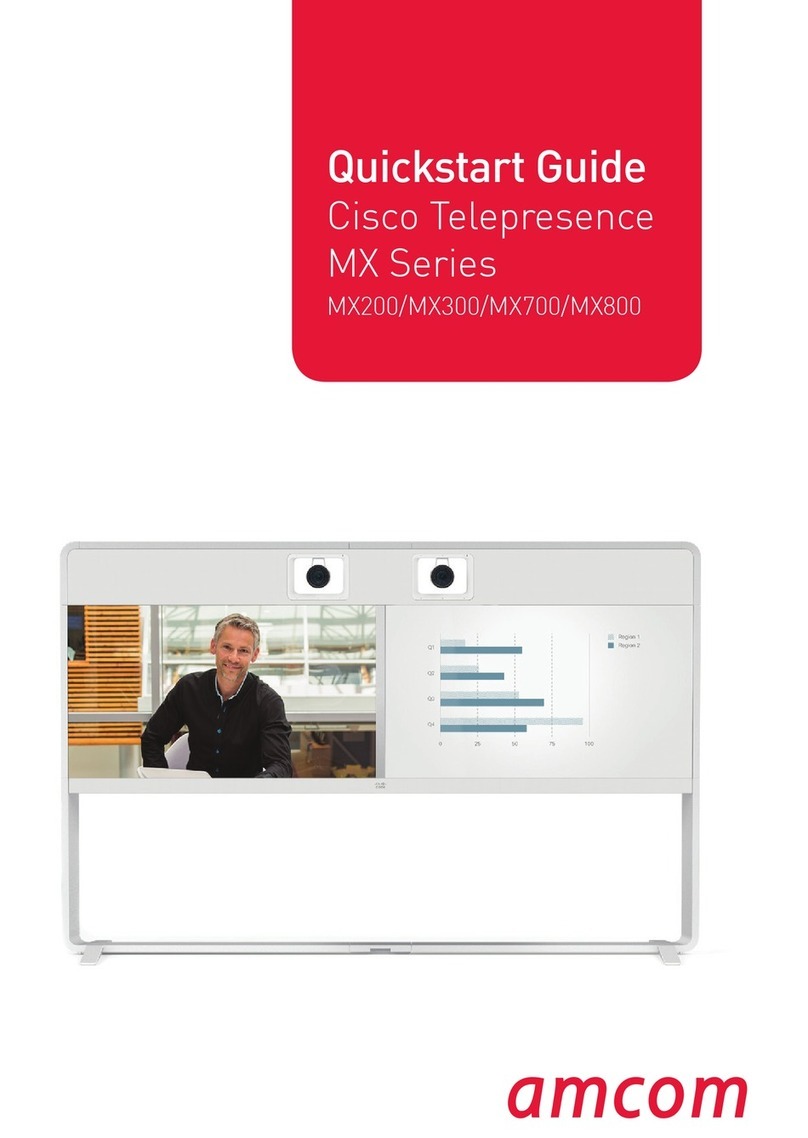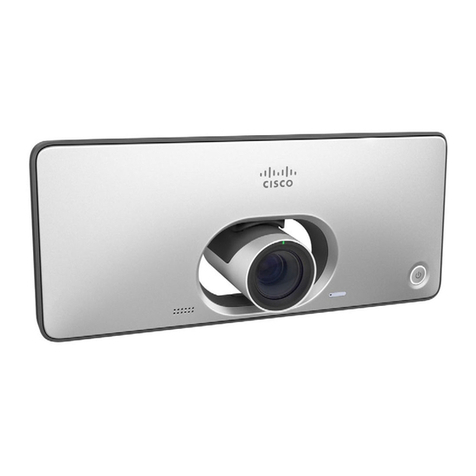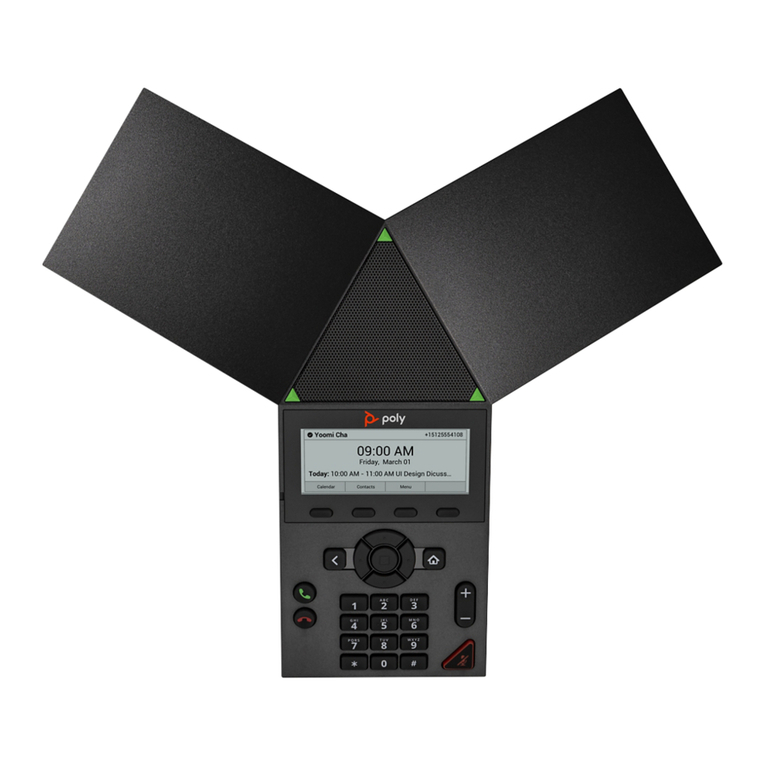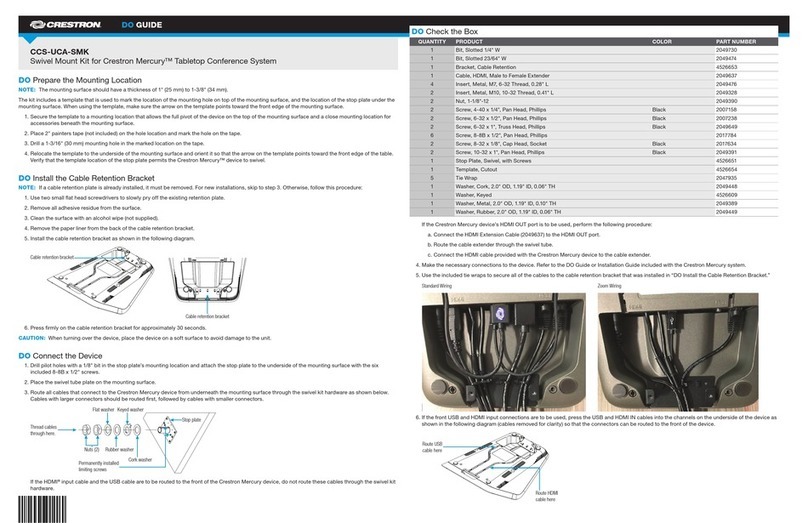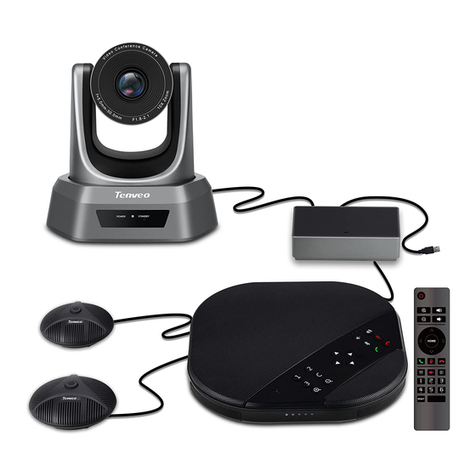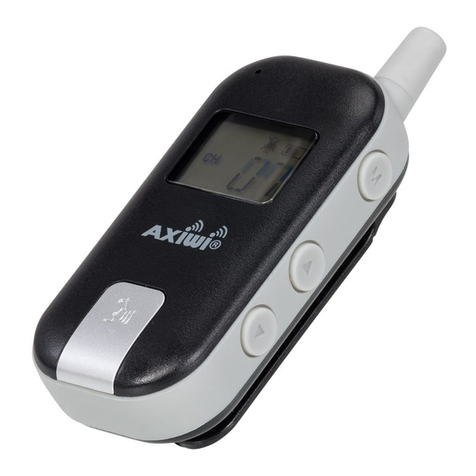
In-Room Control on Touch10
for Cisco TelePresence
MX200 G2, MX300 G2,
MX700, MX800,
SX10, SX20, SX80
Collaboration Endpoint
software version CE8.2
D15358.02 - JULY 2016
www.cisco.com
© 2016 Cisco Systems, Inc.
All rights reserved.
2
Table of contents
Introduction........................................................................................... 4
Definition of terms................................................................................. 4
In-room controls ................................................................................... 5
Create a user interface for the Touch 10.............................................. 7
Launch the In-room Control editor ....................................................... 8
Create an In-room Control panel .......................................................... 9
API for programming in-room controls ............................................... 14
Widgets .............................................................................................. 20
The Widget Identifier ........................................................................ 20
Toggle button ................................................................................... 21
Slider ................................................................................................ 22
Spinner ............................................................................................. 23
Button with custom text.................................................................... 24
Button with symbol........................................................................... 25
Group button .................................................................................... 26
Text box............................................................................................ 27
Command reference........................................................................... 29
Events............................................................................................... 30
Commands....................................................................................... 32
Statuses ........................................................................................... 33
Troubleshooting .................................................................................. 35
Development tools on the web interface ......................................... 35
Tips and tricks..................................................................................... 38
Examples ............................................................................................ 41
How to use this guide
The left menu bar and the entries in the table of contents are all
hyperlinks. You can click on them to go to the topic.
Product documentation
User guides and compliance and safety information for Cisco
TelePresence systems are available at http://www.cisco.com/go/
telepresence/docs
We recommend that you visit the Cisco web site regularly for
updated versions of this guide.
Who has access to the editor?
In order to access the In-room control editor you will need to have
administrator rights.
However, an administrator may create an In-room Control User
account. With this account it is possible to log into the codec to run
the In-room Control Editor. No other part of the web interface is
accessible from this account.
If you use SSH to log into the codec, only a very limited set of the API
will be accessible.
